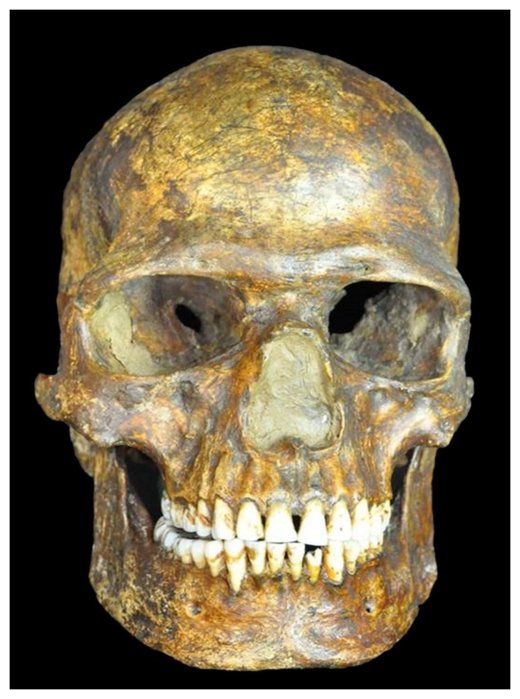
The finds come from an analysis of dozens of ancient fossil remains collected across Europe.
The genetic turnover was likely the result of a rapidly changing climate, which the earlier inhabitants of Europe couldn't adapt to quickly enough, said the study's co-author, Cosimo Posth, an archaeogenetics doctoral candidate at the University of Tübingen in Germany.
The temperature change around that time was "enormous compared to the climactic changes that are happening in our century," Posth told Live Science. "You have to imagine that also the environment changed pretty drastically."
A twisted family tree
Europe has a long and tangled genetic legacy. Genetic studies have revealed that the first modern humans who poured out of Africa, somewhere between 40,000 and 70,000 years ago, soon got busy mating with local Neanderthals. At the beginning of the agricultural revolution, between 10,000 and 12,000 years ago, farmers from the Middle East swept across Europe, gradually replacing the native hunter-gatherers. Around 5,000 years ago, nomadic horsemen called the Yamnaya emerged from the steppes of Ukraine and intermingled with the native population. In addition, another lost group of ancient Europeans mysteriously vanished about 4,500 years ago, a 2013 study in the journal Nature Communications found.
But relatively little was known about human occupation of Europe between the first out-of-Africa event and the end of the last ice age, around 11,000 years ago. During some of that time, the vast Weichselian Ice Sheet covered much of northern Europe, while glaciers in the Pyrenees and the Alps blocked east-west passage across the continent.

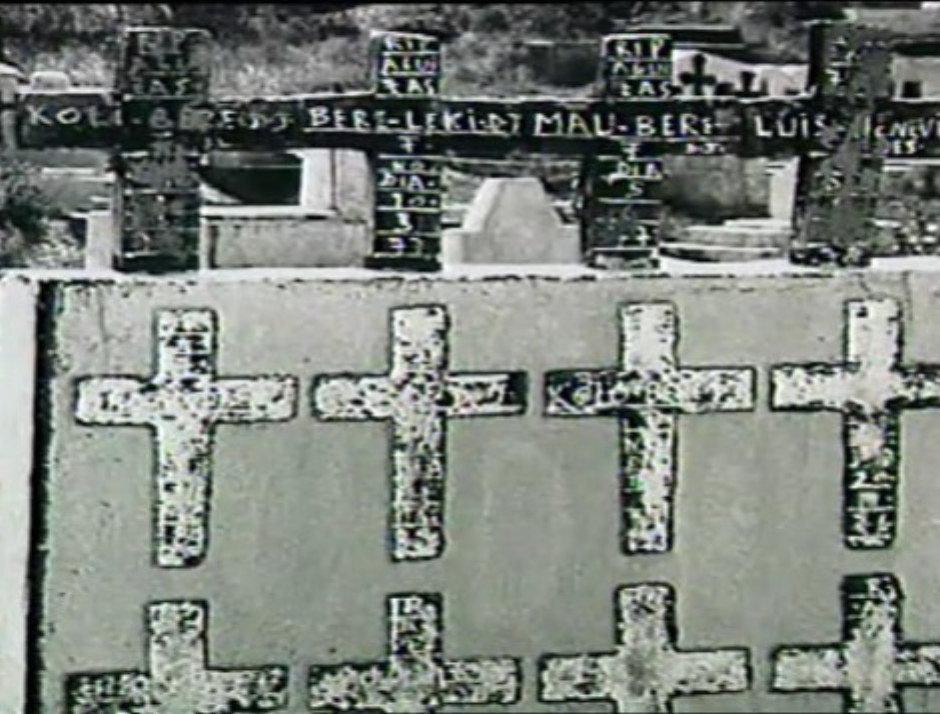
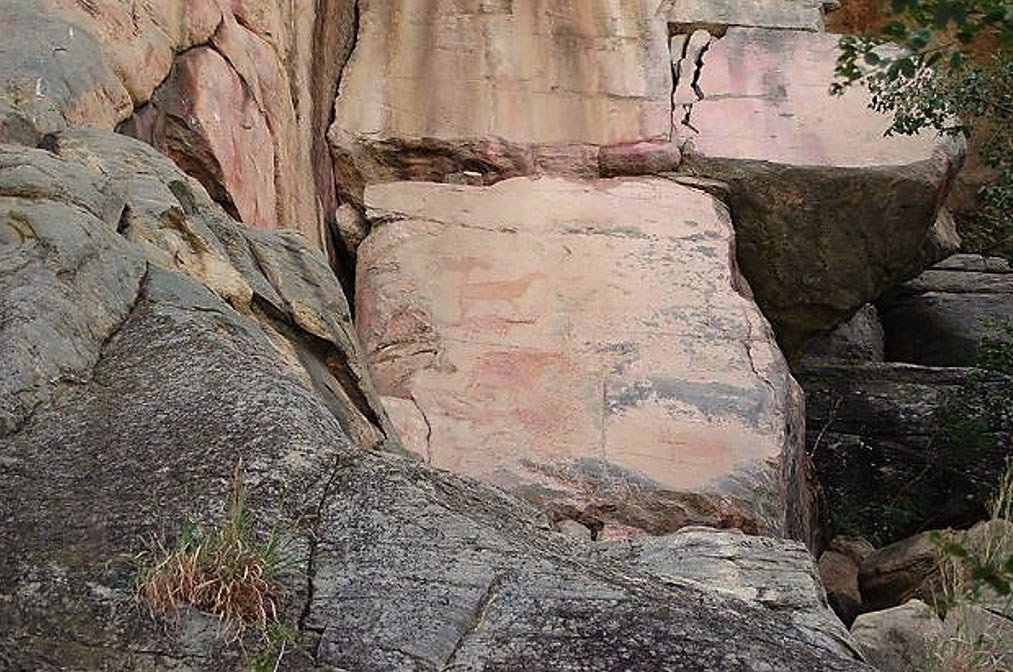
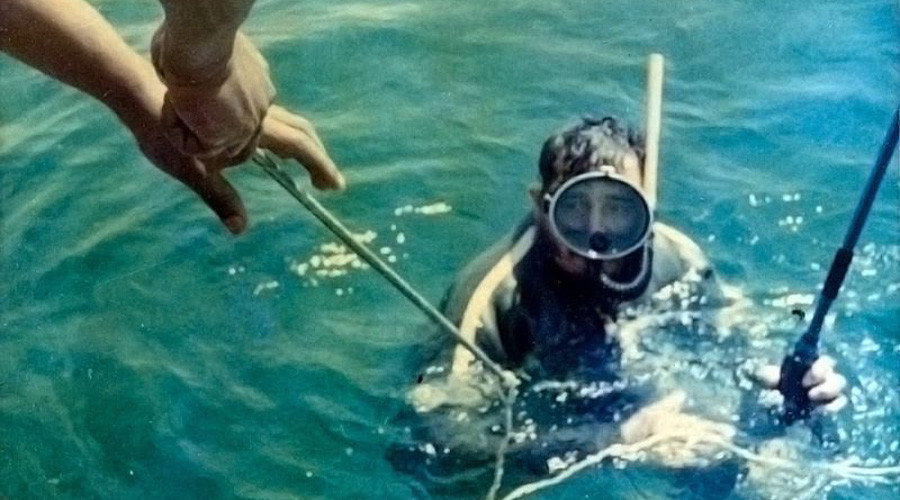
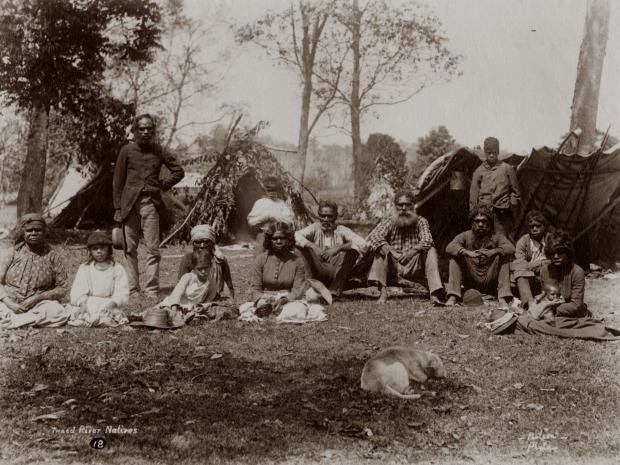
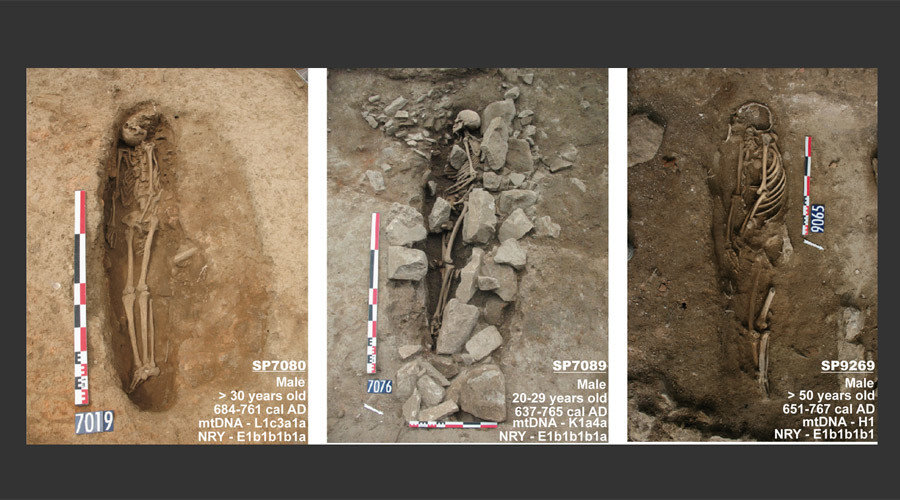

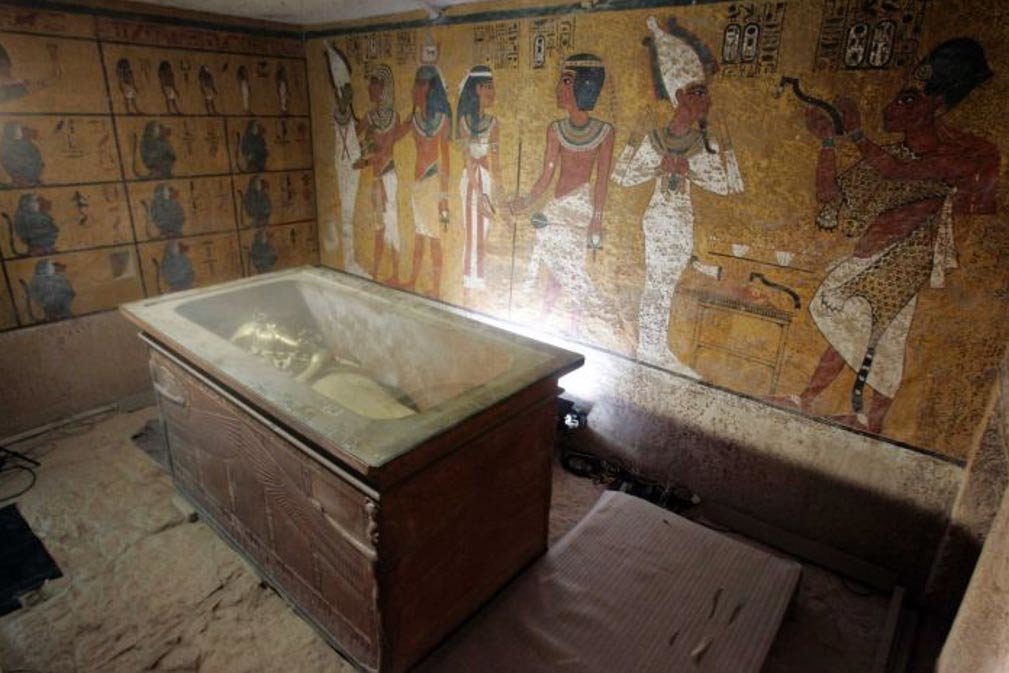
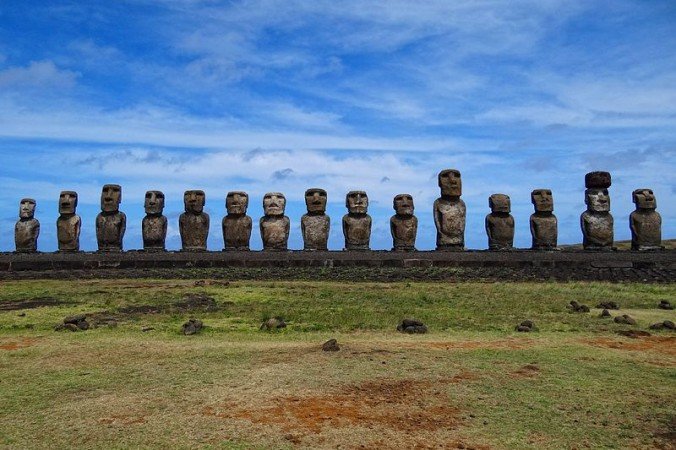



Comment: To all those who lump Putin in there with Bush, Blair and the gang in regards to the "war on terror", you're really doing the American Empire's job for it. The Anglo-Zionist Empire created and facilitated the rise of the "Islamic terror" threat. Their war on it was and is a fraud. Russia was on the receiving end of that very terrorism. Its war on terror has the advantage of being real.